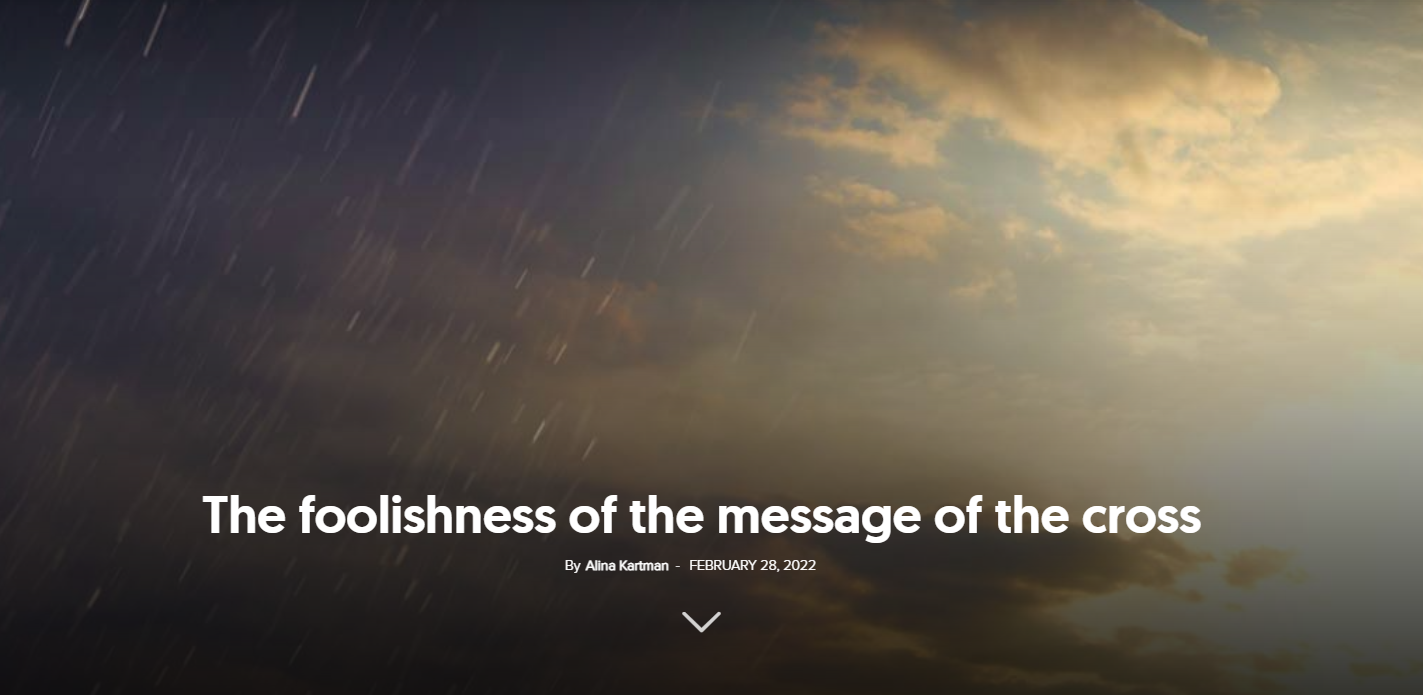The mention of the city of Rio de Janeiro evokes images of the traditional carnival or the vast, exotic beaches such as Ipanema and Leblon. But most often we think of the huge monumental statue representing Christ the Redeemer (Cristo Redentor) with wide, open arms, looking down towards humanity from the top of Mount Corcovado (700m).
Its design and construction are related to the name of the French sculptor Paul Landowski, the Brazilian engineer Heitor Silva Costa, and also the Romanian sculptor Gheorghe Leonida, a famous portraitist, who was co-opted by Landowski to fashion the face of the statue.
The monument is 38 metres high, of which the first eight, the pedestal, include a chapel that can accommodate 150 people. The outstretched arms span 28 metres, and the weight of the entire monument is 635 tons. It is made of reinforced concrete and soapstone. The work was completed in 1931 and has been a place of pilgrimage for Catholics ever since.
The representation of the Saviour in this position of embracing all mankind in a perpetual protective embrace has a special artistic and spiritual effect; it is like the gospel carved in stone. It is the representation of the cross, of the connection between heaven and earth, but without the suggestion of persecution and imprisonment on the instrument of torture. Christ Himself, through the resurrection, becomes the cross, and Mediator between God and mankind. Thus, only the gesture of opening His arms to all people is what remains of the memory of the crucifixion.
His generous embrace paid the price of pain, of the curse of hanging on the pole (Deuteronomy 21:23), as the prophetic word says.
Now, Christ the Redeemer calls for reconciliation, promises comfort, and this visual message reminds us of His words, “Come to me, all you who are weary and burdened, and I will give you rest” (Matthew 11:28).
When I was a child, my mother received a gorgeous postcard of Rio de Janeiro, which depicted the magnificent figure of Christ at dusk, looking at the enchanting valley full of life and light. I wondered—with the mind of a child which tends to animate figures, characters, and mysterious objects—if He was tired of keeping His arms outstretched towards a world preoccupied with parties and its life, far away, in the valley. I thought that maybe His standing still made people think that they could postpone or delay at will the embrace He offers them.
At other times, His posture gave me the impression of a slow, imperceptible takeoff, His arms looking like outstretched wings. In the Old Testament, a battle between the Israelites and an enemy army is won by Moses’ effort to keep his hands up in the sky throughout the battle. We can see here the human weakness: because the supernatural intervention was not dictated by the gesture of Moses, but only symbolised by it, his tired and numb arms had to be held up until sunset for the Israelites to win (see Exodus 17:12).
Only Christ can give us an eternal embrace without tiring to receive us into His arms. This is what the Rio monument conveys. His face, expressive through essential, clear, and serene features, is directed downwards, slightly inclined—not as in other representations of the crucifix, with eyes closed or looking inward, toward final suffering; but scrutinising and gentle, waiting for people.
It makes one realise that it is not us who are waiting for Him, but He is still waiting for all of us, as He promised, “And I, when I am lifted up from the earth, will draw all people to myself” (John 12:32). Still, there is a danger in contemplating this call carved in stone—the danger of believing that if His embrace is eternal, so is the chance He gives us. He stays there, forgiving. But He seems powerless, because He is nailed, this time, to the lifeless stone. This is how you realise the incongruity between an art or cult object and its symbol.
The symbol must remain abstract, full of all the meanings that the object only suggests. It must not remain tied to the object, materialising, reifying into something trivial, “submitting” to the will of mankind.
That is a trap of symbolic-magical thinking, which creates idols or fetishes, as the prophet Isaiah showed (Isaiah 37:19). In other words, objects that initially only remind us of something or someone end up merging, in the human mind, with the existence of that something or someone. Then, people assign magical attributes to them, seek the effects of communication with them, of the actions in which they get them involved, while owning them at the same time (from the medieval custom of drinking the “holy” paint of icons in tea, to the voodoo dolls sold today as physical supports of spells on real people).
The statue of Christ the Redeemer is an exceptional artistic monument, a valuable Christian symbol, a “reminder” of salvation that is still valid; but more precious and vaster remains the Gospel beyond the stone, the living one, which an art object can only remind of and symbolise. Let us not lose sight of the fact that there is a fatality specific to the symbol: to be the only suitable means of representing complex, hidden, and mysterious meanings and, at the same time, to have insurmountable limits in it.
For example, for the word “universe,” we have the representation of outer space, an image of darkness in which stars and galaxies shine; but this image can only symbolise the universe, as it is so complex and abstract that it can never be “translated” into a simple image.
I saw how objects of art and worship could influence our thinking and attitude when I visited the Doge’s Palace in Venice: the paintings offered dozens of representations of the Son of God as a baby (swaddled, bare, with or without mangers, nursing, sleeping, slipping from or clinging to the Virgin Mary, radiating, smiling, and so on); when seeing them, the overwhelmed beholder’s impression is that Christ remains forever a helpless infant, a future Saviour, a perpetual subject of the Good News, a beginning of salvation for mankind, which never develops, never gets fulfilled.
You feel overwhelmed by the image of the innocent and eternal baby who leaves the purpose and administration of salvation in the hands of the adults around.
Then, at the end of the journey through the countless sumptuous rooms decorated as described above, you are struck by the enormous picture from the courtroom, placed on the wall right in front of the judges’ chairs: Christ as judge, relentless, who approaches with determination.
With a grave expression, an impetuous figure, and in a rushed motion, He shows that nothing can be changed, it’s time for judgement! Until this image, the impression was of sedative stagnation; and, suddenly, the symbol of cosmic justice shakes you. But let’s not forget that the work of art unravels its meanings only in collaboration with the mind and soul of each person.
And when we look at the outstretched arms of the Redeemer’s cross, let us remember that the time of grace is limited, that, looking down at Jerusalem in the valley, Jesus wept. “Jerusalem, Jerusalem, you who kill the prophets and stone those sent to you, how often I have longed to gather your children together, as a hen gathers her chicks under her wings, and you were not willing. Look, your house is left to you desolate” (Luke 13:34, 35). May the house of our souls never be desolate! Between the works of art and theologies, let us not forget… the Man!




















